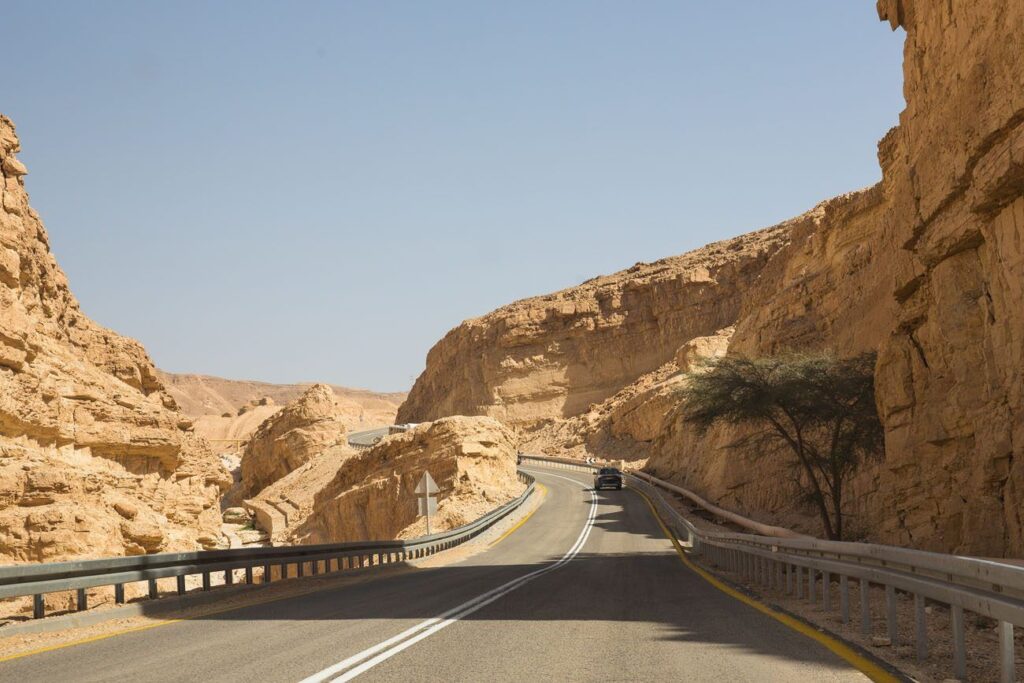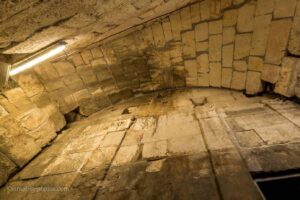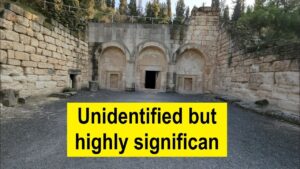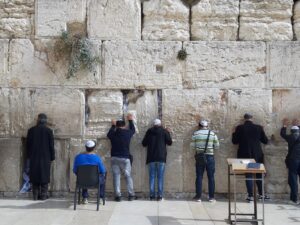Nestled in the heart of the Negev Desert, the Arava Peace Route offers a unique blend of breathtaking landscapes, rich history, and a sense of tranquility that is hard to find elsewhere. This scenic drive is perfect for those looking to explore the natural beauty of Israel while learning about the region’s cultural and historical significance. Whether you’re a nature enthusiast, a history buff, or simply seeking a peaceful escape, the Arava Peace Route has something for everyone.
What to See Along the Arava Peace Route
The Arava Peace Route stretches along the eastern edge of the Negev Desert, offering stunning views of the surrounding landscapes. As you drive along the route, you’ll be treated to a variety of natural wonders, including vast desert plains, rugged mountains, and unique geological formations. One of the highlights of the route is the Timna Park, known for its striking rock formations and ancient copper mines. The park is home to the famous Solomon’s Pillars, towering sandstone columns that are a must-see for any visitor.
Another notable stop along the route is the Hai-Bar Yotvata Nature Reserve, a wildlife sanctuary dedicated to the preservation of desert animals. Here, you can see a variety of species, including the Arabian oryx, ostriches, and gazelles, all thriving in their natural habitat. The reserve offers guided tours, providing an educational experience about the region’s unique ecosystem.
A Bit of History and Interesting Facts
The Arava Peace Route is not just about stunning landscapes; it also holds significant historical and cultural importance. The route is part of the larger Arava Valley, which has been a crossroads for trade and travel for thousands of years. The valley was once part of the ancient Incense Route, a network of trade routes that connected the Arabian Peninsula with the Mediterranean, facilitating the exchange of goods such as spices, incense, and textiles.
An interesting fact about the Arava Peace Route is its role in promoting peace and cooperation between Israel and its neighboring countries. The route runs parallel to the border with Jordan, and efforts have been made to foster collaboration and understanding between the two nations. This spirit of peace and cooperation is reflected in the name of the route itself.
Getting There and Tips for First-Time Visitors
Reaching the Arava Peace Route is relatively straightforward. If you’re coming from Tel Aviv or Jerusalem, you can take a bus or drive south towards Eilat. The route begins near the city of Eilat, making it an ideal starting point for your journey. Renting a car is recommended, as it allows you to explore the route at your own pace and make stops along the way.
For first-time visitors, it’s important to come prepared for the desert climate. The Negev Desert can be extremely hot during the day, so be sure to bring plenty of water, sunscreen, and a hat to protect yourself from the sun. Comfortable clothing and sturdy shoes are also recommended, especially if you plan to explore some of the hiking trails along the route.
In conclusion, the Arava Peace Route offers a unique opportunity to experience the beauty and history of the Negev Desert. With its stunning landscapes, rich cultural heritage, and spirit of peace, it’s a destination that promises to leave a lasting impression on all who visit.








